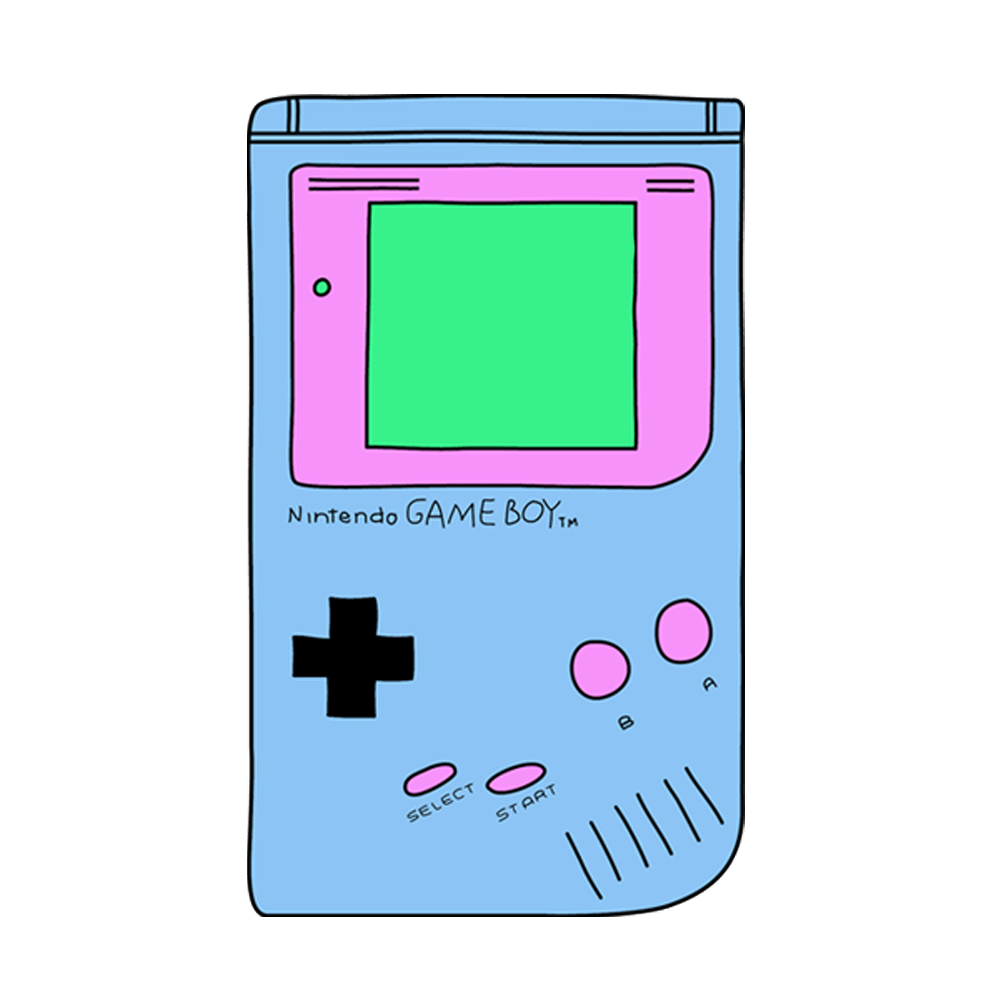The internationally well-known Lord of the Rings movie series, emerged the trilogy of The Hobbit movies as well. A year after the release of The Lord of the Rings: Two Towers movie within 2002, released the action-adventure game The Hobbit in 2003 that can be notably played on Playstation 2 and the original XBOX.
The discussion around the game can be questioned if the graphics and overall digital stance of the game was released at a time where the game could actually reach its true potential. For the instance of this gameplay, The Hobbit prominently curates a space for individuals to immerse themselves beyond a desire to win but, play the game as an experience and overall manage the context in which the player is limited to (Juul 61). Whats interesting to note about this game is that it is book adaptation of J.R.R Tolkien's The Hobbit, which may have been a substantial reason to user immersion and overall interest in the game. From the perspectives of a user/player, the up
Trying to find parallels from the written work, from the conquest itself, the characterization of Bilbo Baggins, weapons and setting, players seem to enter a space, also know as the magic circle to experience these features. The definitive stance that individual Jasper Juul takes in his, Magic Circle, Puzzle Piece is, "To play a game means entering into a magic circle, or perhaps creating one as a game begins" (Juul 57). The significance of the magic circle within The Hobbit is that players expect a certain narratological experience when entering these spaces, because it is a game space built off the original book. The significance of The Hobbit is that the magic circle here inhibits both narratology and ludology within its gameplay, that has historically argued that cannot co-exist. The gameplay is looked at for its storyline and narrative but, it also regards its own experience and terms.
If the concern for individuals were to experience an entire new space and setting, one cant question if the gameplay would have as much attraction as it had. Users purchase the game to see how many parallels can be drawn from the books, and consequently thats where the excitement lies.

From the perspective of a individual who highly enjoyed the experience of playing this game on the original XBOX, the bridge of graphics to the experience does seem to have a lack this concept. This is not to say that "old school" games and original games that later go on to create better graphics are not up to par, but, if this video game was developed during the release of The Hobbit movie trilogy, the graphics could have enhanced the experience in which users indulged themselves within.
For those interested in experiencing the game without having to play it linked below is a full gameplay. This also can raise the question that, if someone watches a frame by frame walk-through gameplay does the same user immersion of the magic circle apply?, or is there factors of in effect playing the game a considerable factor because individuals are still viewing for players to win. It seems it depends on the consideration of the user themselves.
Below is the work cited in this post:
Word Count: 534

I definitely think that if The Hobbit game was re-made it would attract just as much, maybe even more attraction because of its graphics. Is that too say that the visual rhetorics of games are just as important... maybe
on another note, this gif cant be used enough!